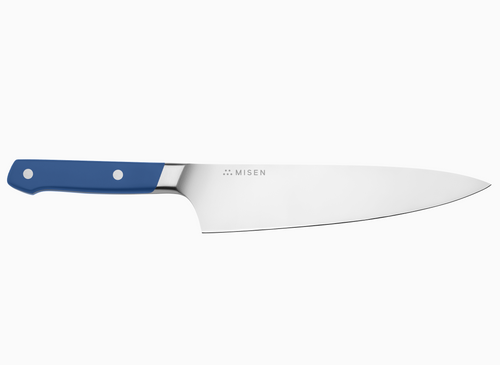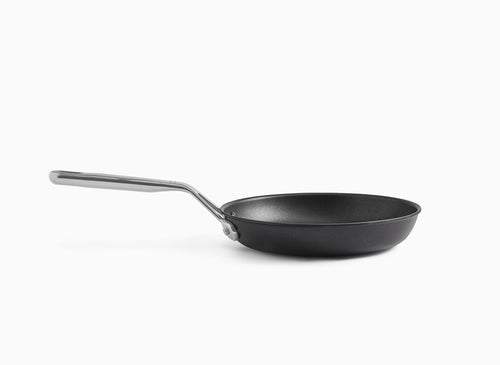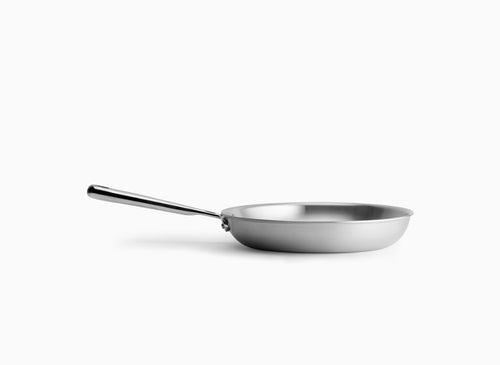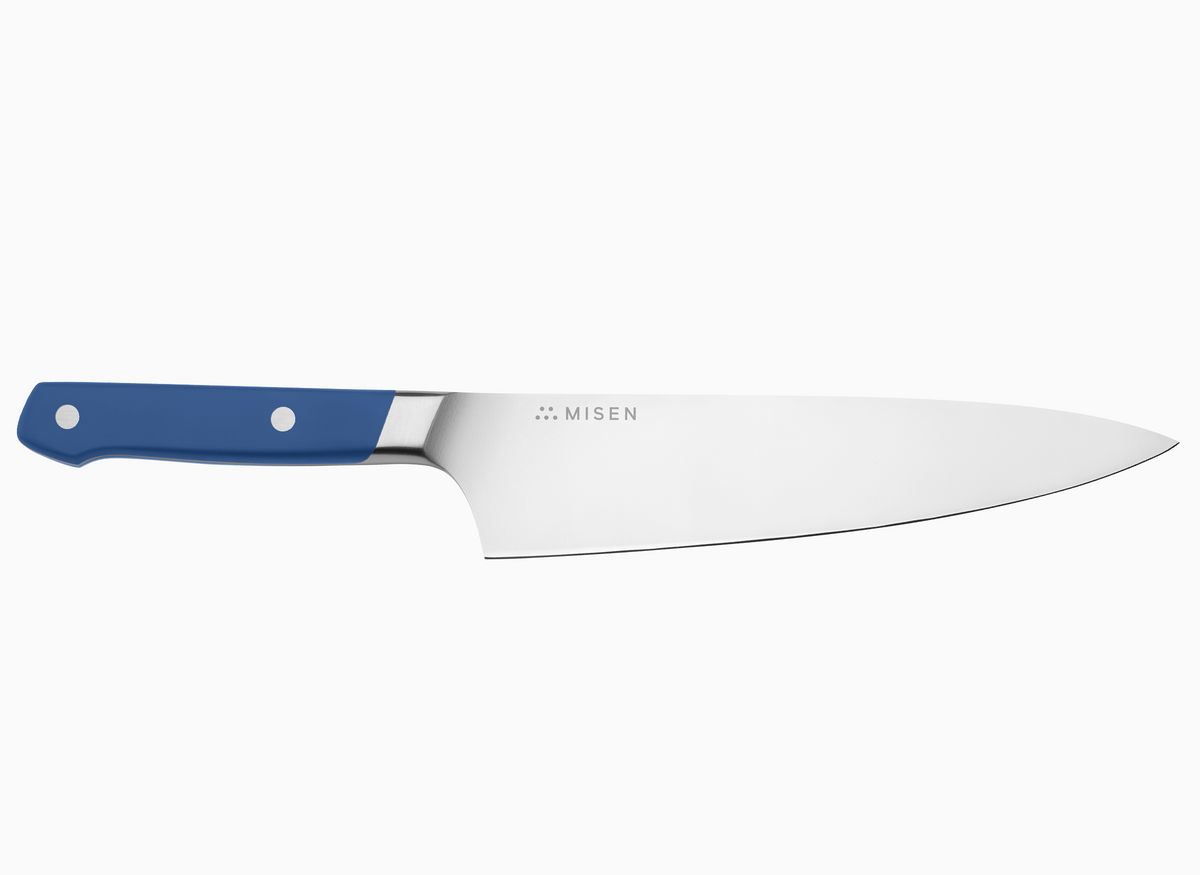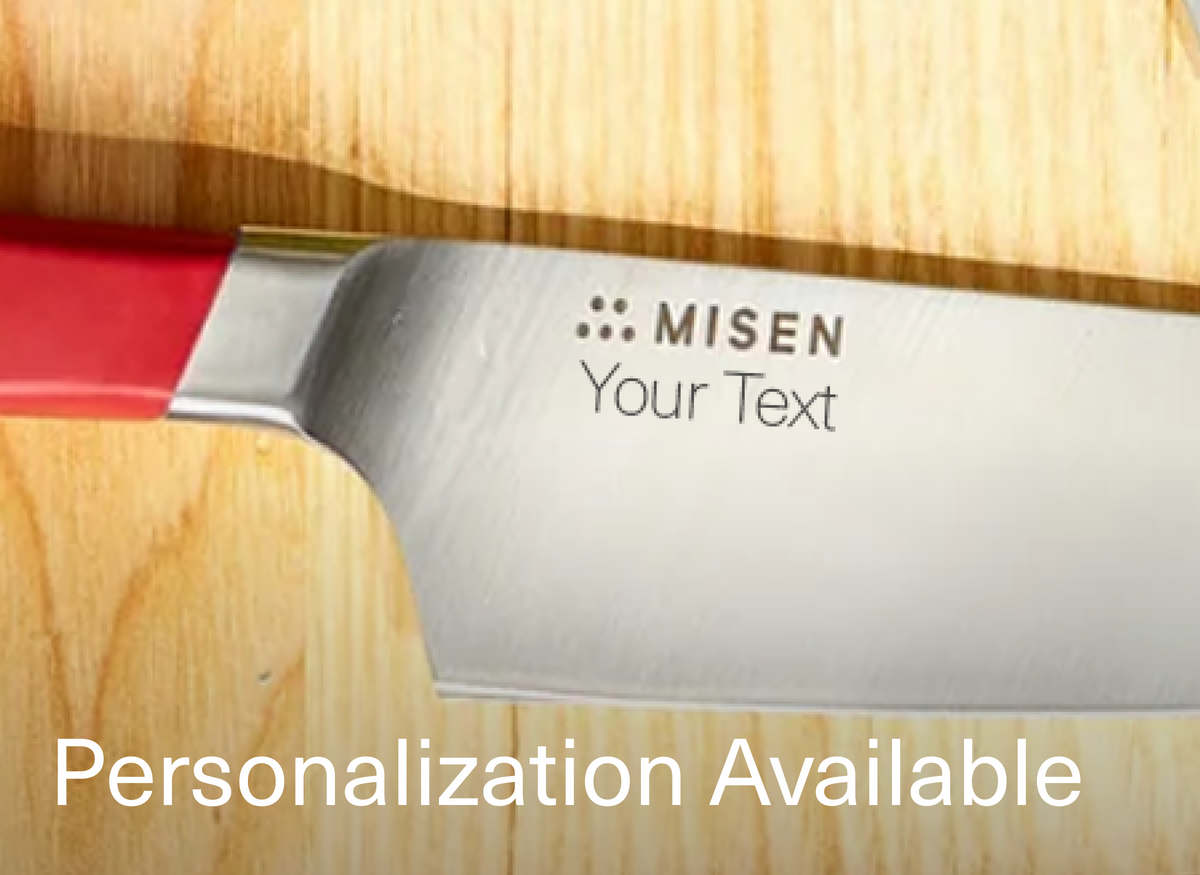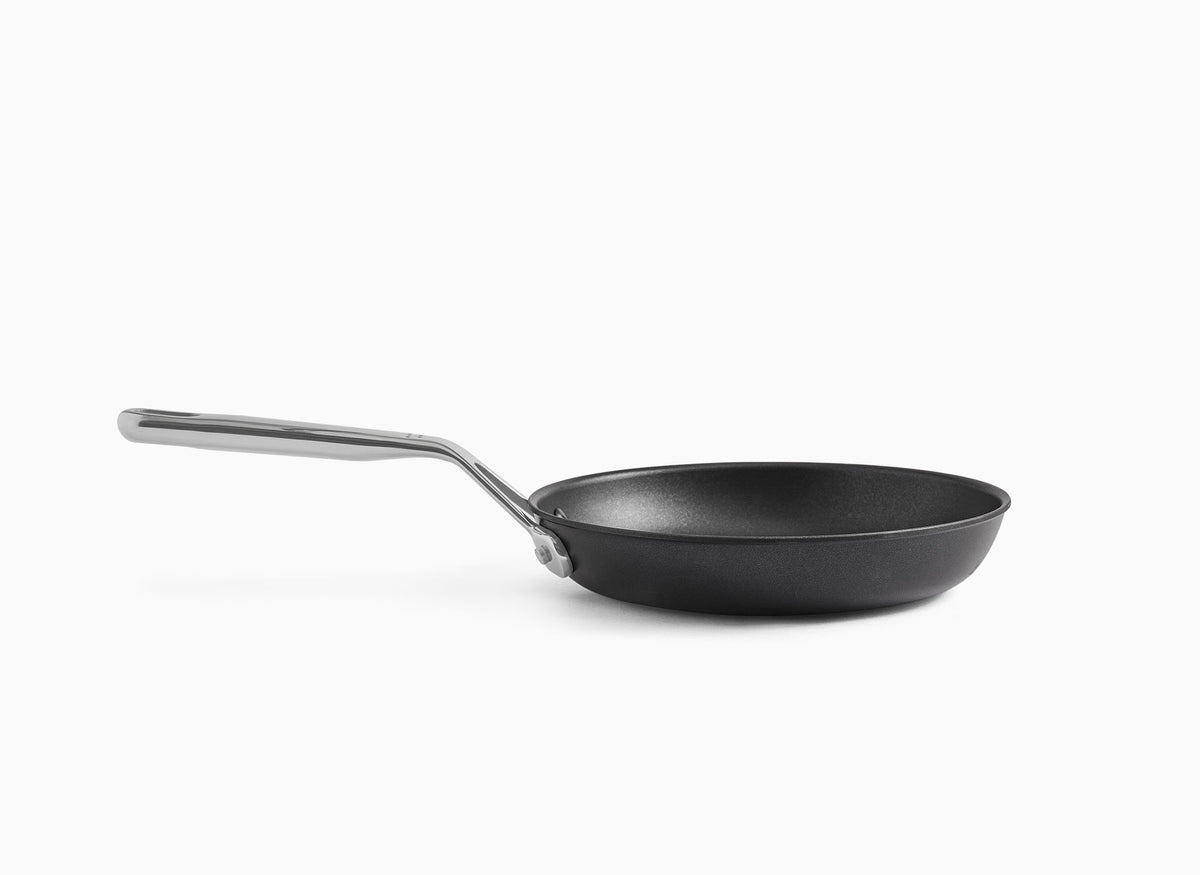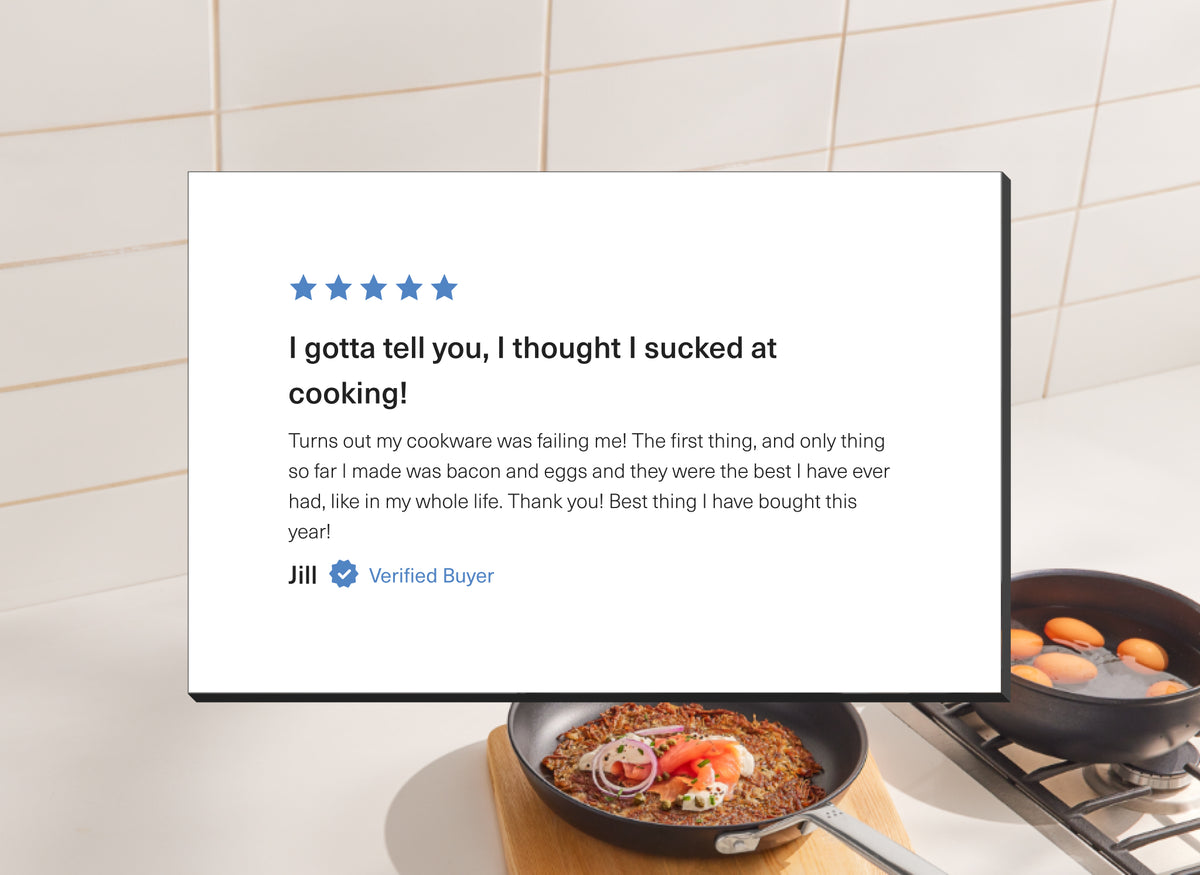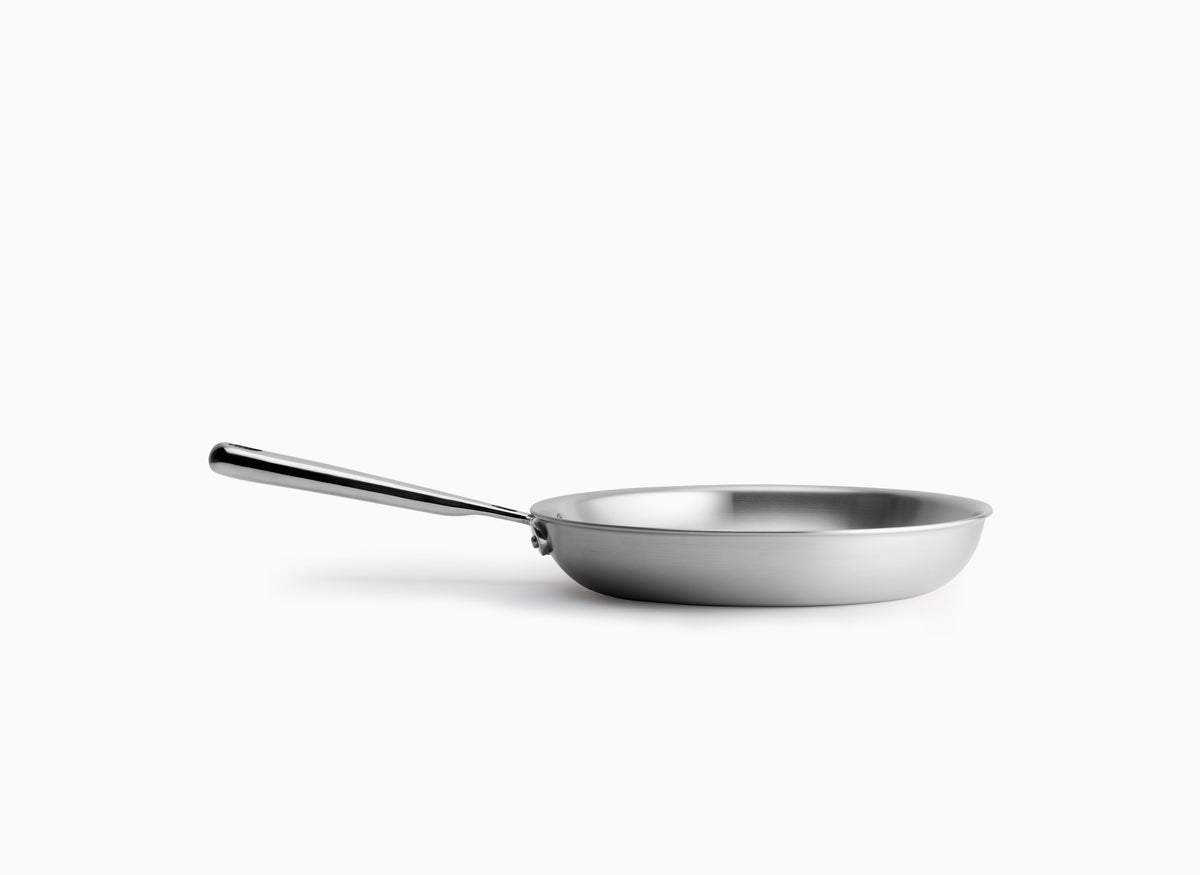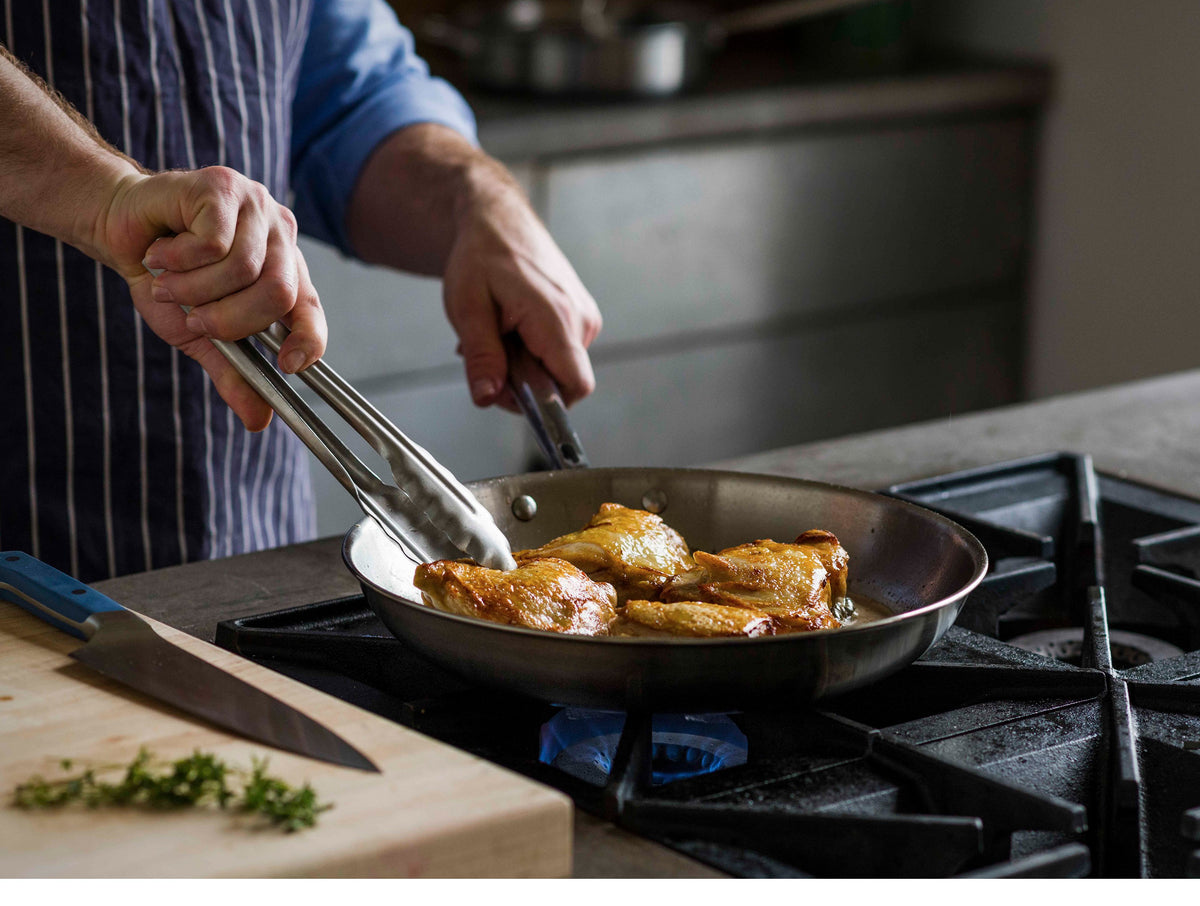How to Choose the Best Wood for Your Cutting Board
 A cutting board is one of the key components of a kitchen.
A cutting board is one of the key components of a kitchen.
- Not all cutting boards are made the same: The type of wood makes a big difference.
- Several types of hardwood are excellent for cutting boards.
- There are also several types of wood you should avoid.
Whether it’s a traditional cutting board or a butcher block — also known as a chopping block — the board is a proud member of your inanimate kitchen staff. Without a cutting board in your kitchen, well, nothing would get cut.
If you don’t currently have a wooden cutting board — for example, if you have a plastic cutting board or, heaven forbid, glass — it’s time to upgrade. Wooden boards are far superior, which is why they’ve stood the test of time.
The world of cutting boards can be a surprisingly complex place — there are, of course, many types of wood in the world. Some of them make for an excellent choice to cut on, while others are not ideal. Choosing the right wood is important for a number of reasons, including keeping your knives sharp, optimizing your cutting ability, and keeping your kitchen hygienic.
Hardwood vs. Softwood
 A good cutting board won’t dull your knives.
A good cutting board won’t dull your knives.
When you’re choosing a wooden cutting board, look for hardwood. Hardwood is superior to softwood for a few reasons:
- Hardwood is more durable, and won’t scratch or dent as easily.
- Hardwood boards won’t dull your knives as much.
- It’s easier to use your chef’s knife on a hard board since there’s not much give.
Wood’s hardness is measured by pounds-force on the Janka scale, which measures how much pressure it takes to push a metal ball into the wood. The more the wood resists the metal ball, the higher it ranks on the Janka scale.
Some species of wood are extremely hard. Brazilian walnut, for example, is an ultra-hard wood, but using it for a cutting board is unnecessarily expensive and using a wood that’s too hard can actually dull your knives.
Food Hygiene
 Preparing meat on a closed-grain board is not a problem.
Preparing meat on a closed-grain board is not a problem.
You should also consider what types of food you’ll prep on your chopping board before you decide which wood you want in your kitchen. Certain types of wood are more porous than others, and this can have a major impact on kitchen sanitation. There are three types of hardwood: ring-porous, semi-diffuse porous, and diffuse-porous. In layman’s terms, they can simply be referred to as open-grain (ring-porous) or closed-grain (diffuse-porous).
Ring-porous woods have larger pores than diffuse-porous woods. The larger pores allow moisture to seep into the wood. That means that when ring-porous wood is used in the kitchen, bacteria can grow in your board from the moisture that’s left behind by food like raw meat. In the long run, that could lead to food contamination at worst or to a board that needs to be replaced sooner at best.
The National Sanitation Foundation (NSF) found that 18% of cutting boards they sampled in a survey harbored harmful bacteria like Salmonella and E.coli. That’s certainly something you want to avoid in your kitchen. A cutting board has to be properly sanitized and cared for to avoid contamination no matter the type of board. Fortunately, it can more easily be avoided by choosing the right type of wood.
In addition to the potential bacterial risk of certain types of wood, consider also that some types of wood are toxic. This shouldn’t be a concern if you’re buying your cutting board from a reputable manufacturer, but if you’re making your board, keep this simple rule in mind: Generally speaking, if the wood comes from a tree that produces something you can eat, the wood is fine to use.
Best Wood Choices
 Choose your wood based on the food you prep in your kitchen.
Choose your wood based on the food you prep in your kitchen.
There are lots of types of wood out there, but a few stand out as superior choices for wood cutting boards.
Maple
Maple — specifically, sugar maple or hard maple — is the most popular choice for cutting boards. Maple is a hard, closed-grain wood. This means that it’s durable, able to resist bacteria, and features just the right amount of hardness. Maple wood is light and fairly neutral in color, so it coordinates well with many kitchen color schemes.
Bear in mind that red maple is toxic. Manufacturers don’t use red maple for boards. So if you intend to make your own cutting board, opt for sugar maple instead.
Ash
White Ash wood is another great choice. Though it’s ring-porous, Ash is tough enough to withstand everyday use in the kitchen. It also has a light tone that many home cooks love in their kitchens. But like other light wood boards, it might require a little extra care to keep it from staining.
Acacia
Acacia is not as common in cutting boards as Maple or Walnut. However, strains of this fast-growing hardwood make incredibly durable and versatile boards — and tend to be less expensive. Acacia boards can vary widely in color, but we decided to carbonize our own Acacia board for a unique dark tone.
Cherry
As another hard, closed-grain wood, cherry is a top choice for a cutting board. Its medium to dark color can add timeless beauty to your kitchen. Cherry is also easy to care for and won’t dull knives. It’s a long-lasting wood that, if treated right, can last for years.
Walnut
Similarly, walnut is another hardwood that’s an excellent choice in the kitchen. Its dark color is one of its main appeals, and although it’s softer than maple it will still hold up well over time. Walnut falls in the “just right” category of hardness that’s perfect for both board and knife maintenance.
Teak
Teak has long been prized for its durability and ease of maintenance. Unique among wood, teak maintains its natural, water-repelling oils after it’s been processed. This combined with its tight grain means it’s perhaps the best choice for sanitation and ease of maintenance.
The caveat that comes with teak is its sustainability. Teak’s popularity has led to a great reduction in wild teak trees. African teak, for example, has become an endangered species.
Bamboo
Although bamboo is technically a grass and not a wood, it functions effectively the same way. It’s quite hard and absorbs less water than many types of wood, making it easy to maintain. Additionally, because it grows so quickly, it’s sustainable to produce. Bamboo can occasionally be tough on knives, though less so if it’s used more for chopping than for slicing.
Pecan
Pecan is actually harder than maple, meaning it’s more resistant to damage than maple. However, pecan falls in between closed-grain and open-grain, meaning it’s more susceptible to water seepage and needs to be cleaned more thoroughly to avoid bacterial growth.
Beech
Beech is a good all-around choice for a board. It’s similar to maple in that it’s diffuse-porous, hard but not too hard, and fairly resistant. In addition, it tends to be less expensive than some other varieties.
Wood to Avoid
 Avoid porous and soft woods.
Avoid porous and soft woods.
Just as there are certain types of wood that work well for cutting boards, there are certain types you’ll want to avoid.
Oak
Sure, oak is a hardwood tree, but it has large pores, allowing for a larger risk of bacterial growth than you want in your kitchen. If you already have an oak cutting board, consider that you’ll need to disinfect it on a regular basis in order to prevent the possibility of contaminating your food.
Softwoods Like Cedar or Pine
Because these are softwoods, boards made with them are much more prone to damage than hardwood boards. This can lead to a greater risk of dulling your knives: Damaged or scored boards make a knife lose its sharpness faster than an undamaged board.
Other Considerations
 A sturdy cutting board makes any cutting task easier.
A sturdy cutting board makes any cutting task easier.
In addition to the type of wood used in constructing a wooden cutting board, the style of construction and maintenance required can be just as important.
End Grain vs. Edge Grain
There are two basic types of cutting board construction: end grain and edge grain. Simply put, the difference is this: End grain cutting boards are far more expensive.
An edge grain cutting board is what you’ll find in most kitchens. In them, the wood is cut lengthwise. Because of their simpler design and construction, they’re much cheaper than end grain boards. An edge grain board that’s well-maintained and cared for can be a great kitchen workhorse.
End grain cutting boards are the result of a different construction process. Imagine a bunch of 2x4’s stood on their ends, fused together, and cut horizontally. The cut end (end grain) is exposed rather than the length of the wood grain. The end grains can heal themselves due to the nature of the grain. Many people also like the look of end grain boards, which looks like a checkerboard. But the process of fusing pieces of wood together to get that look requires that glue or another binding agent be used in the production process.
Maintenance
Every cutting board will eventually need maintenance in order to remain in top shape. Some woods, like bamboo and teak, require much less maintenance than others. In general, however, it’s a good idea to condition your board with mineral oil a few times a year. This will help keep moisture out of the wood to prevent warping.
Knock on Wood
A cutting board can be more than just a tool: It can be one of the stars in your kitchen. A great cutting board makes cooking far easier and more enjoyable. It also saves your knives from losing their edge, which is one of the best ways to show you love them. Consider upgrading to Misen’s cutting board for a reliable cutting experience.
